1. Technical System Construction
1.1 Payment Platform Integration
- Connect with mainstream payment providers (e.g., Alipay, WeChat Pay, UnionPay Cloud QuickPass), complete API interface joint debugging, and ensure transaction stability.
- Develop a dynamic QR code generation system with time restrictions and geolocation capabilities to prevent cross-city misuse.
- Deploy high-precision scanners tested for recognition rates across varying screen brightness levels, angles, and device models.
-
1.2 Backend Infrastructure
- Build a real-time transaction processing platform capable of handling peak-hour concurrency, validated through stress testing.
- Configure automated fare deduction logic for complex scenarios (e.g., distance-based pricing, multi-route fare stacking), integrated with bus dispatch systems.
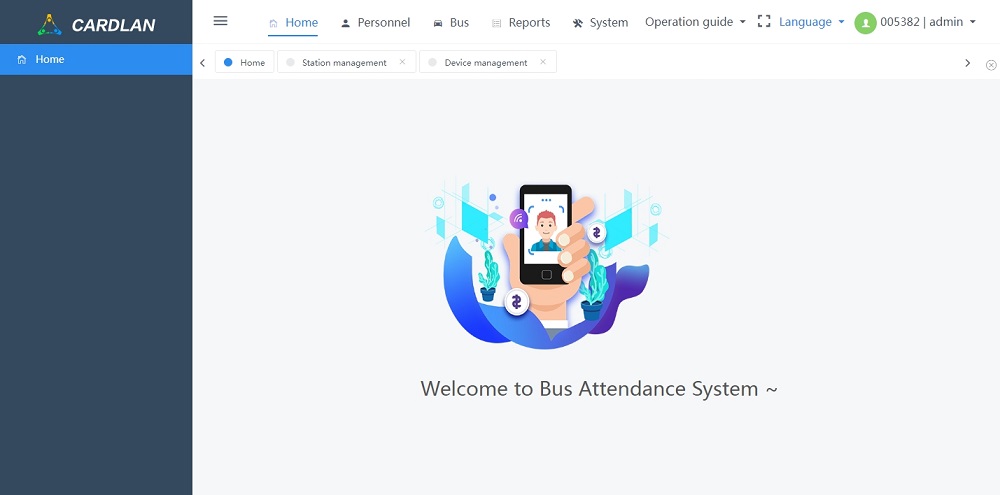
2. User-Facing Service Readiness
2.1 Account System Setup
- Enforce real-name authentication linked to public transport user databases for transaction traceability.
- Enable quick payment authorization with per-transaction spending limits, requiring explicit user consent via pop-up agreements.
2.2 User Guidance Design
- Publish multilingual instructional materials covering app download, QR code activation, and scanning best practices.
- Display visual scanning guides on vehicles and stations, highlighting valid scanning zones and distances.
-
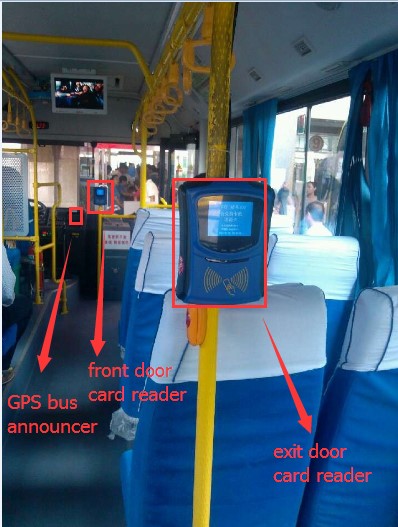
3. Operational Protocol Development
3.1 Fare Policy Configuration
- Set differentiated base fares by vehicle type/route, synchronized with digital displays at stops.
- Establish protocols for handling exceptions (e.g., duplicate charges due to network latency) via dedicated dispute channels.
3.2 Security & Compliance
- Obtain non-bank payment licenses and implement financial-grade data encryption.
- Deploy transaction risk monitoring systems to flag anomalous scanning patterns and trigger secondary verification.
4. Pre-Launch Validation
4.1 Multi-Stakeholder Testing
- Conduct closed-loop testing with staff across scenarios: normal payments, offline retries, and insufficient balances.
- Invite public beta testers, prioritizing elderly users to validate interface accessibility and error messaging clarity.
4.2 Contingency Planning
- Implement offline scanning modes using local transaction caching for post-network recovery processing.
- Train drivers/staff on emergency protocols: device reboots, temporary paper ticket issuance.
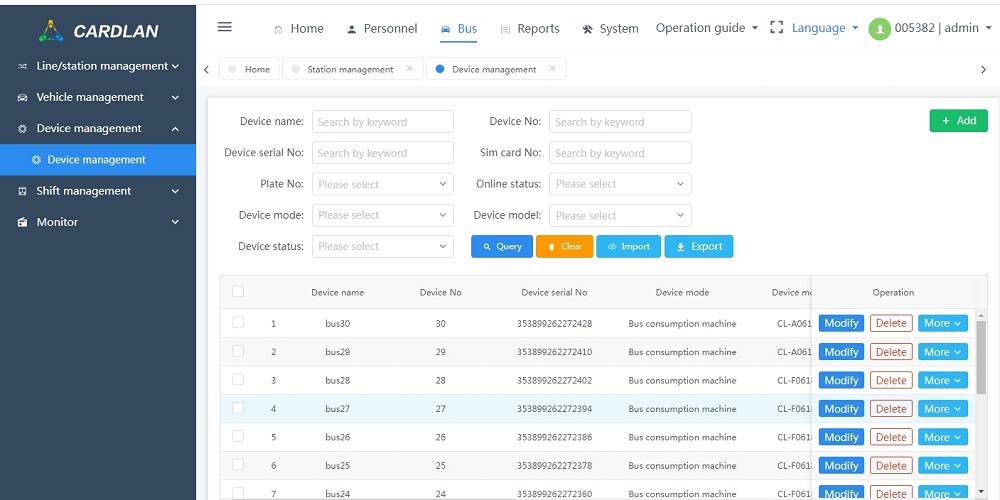
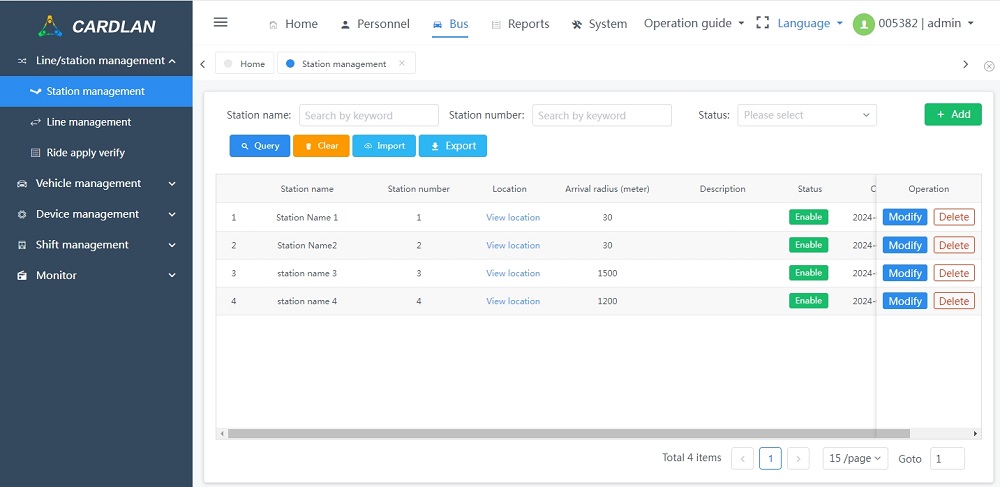
This comprehensive framework mitigates operational risks during initial deployment while ensuring seamless payment experiences and fund security.




 Bus payment device upgrading, Support secondary development with SDK API provided
Bus payment device upgrading, Support secondary development with SDK API provided
 Transportation NFC IC card QR scan payment management system
Transportation NFC IC card QR scan payment management system
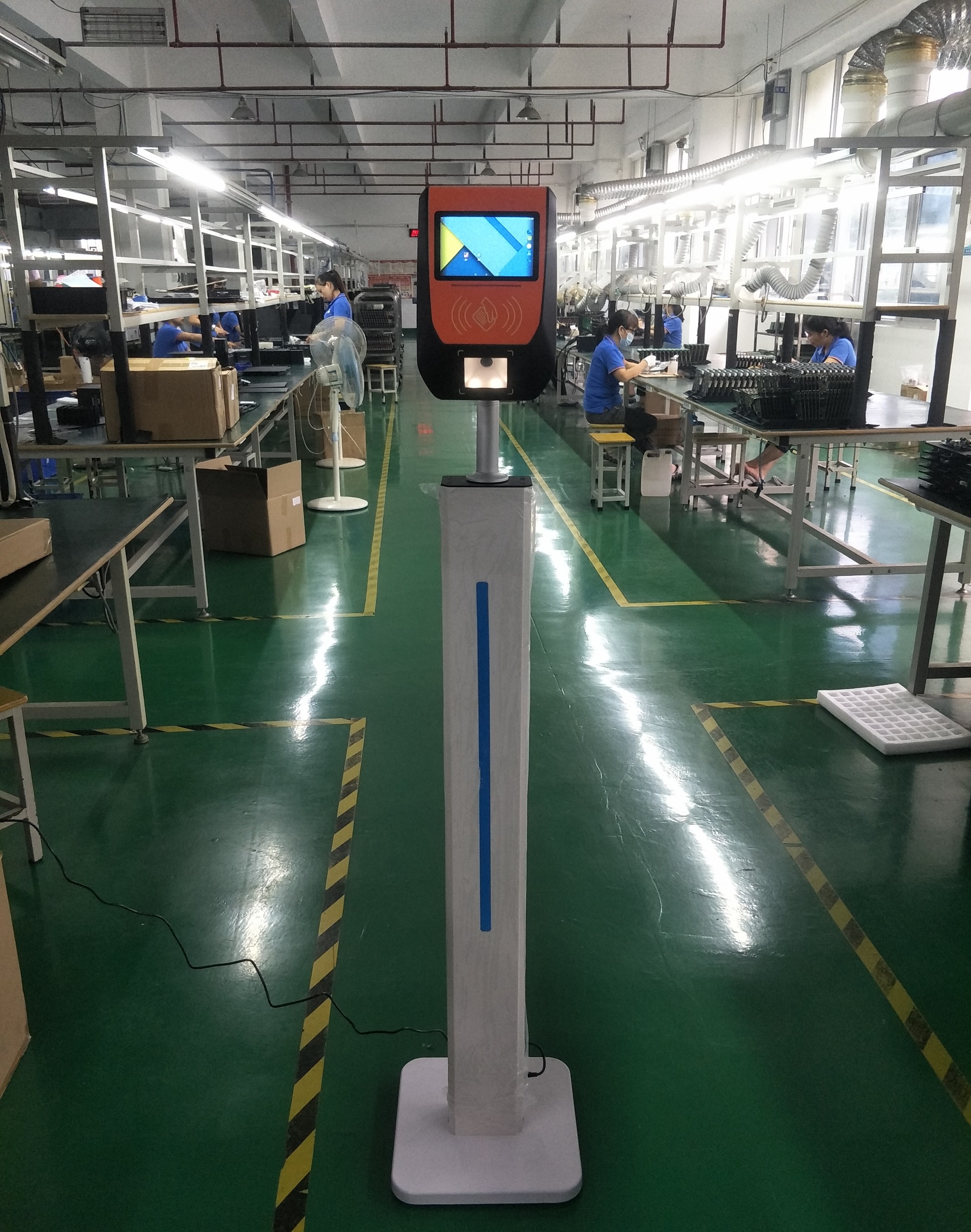 Cardlan provides payment terminals for you!
Cardlan provides payment terminals for you!
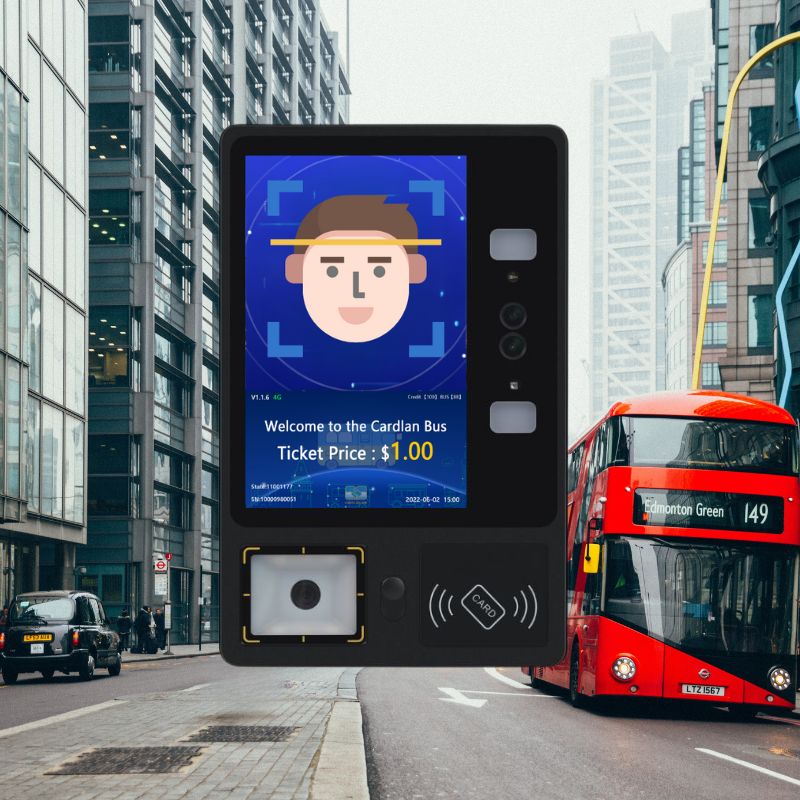 Code Scanning and Recognition Machine for Enterprise Bus (Swipe IC Card + Scan QR Code)
Code Scanning and Recognition Machine for Enterprise Bus (Swipe IC Card + Scan QR Code)